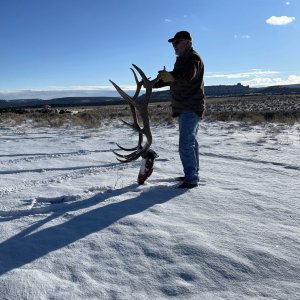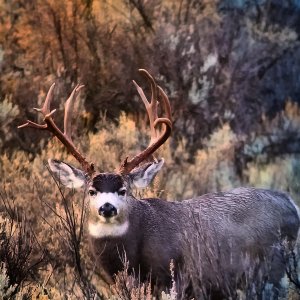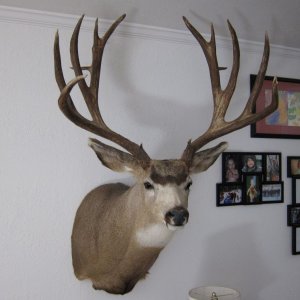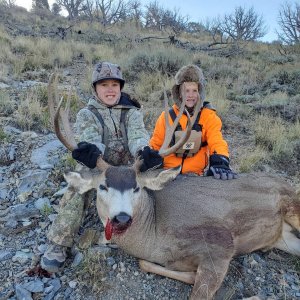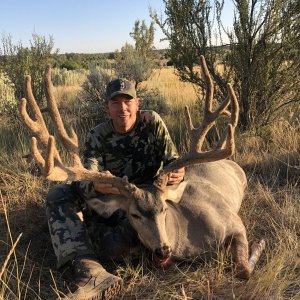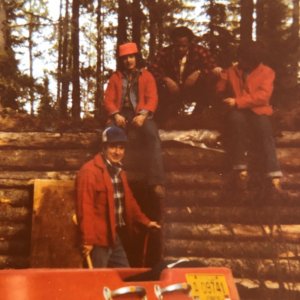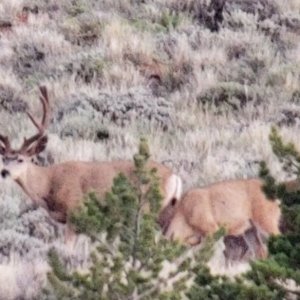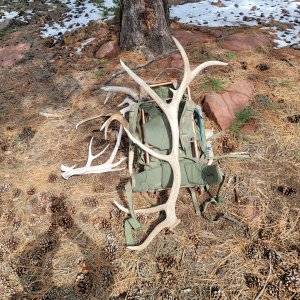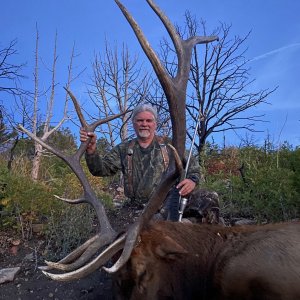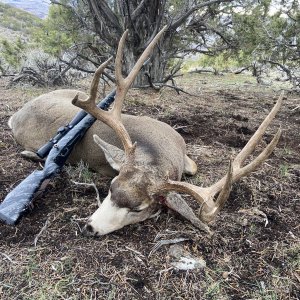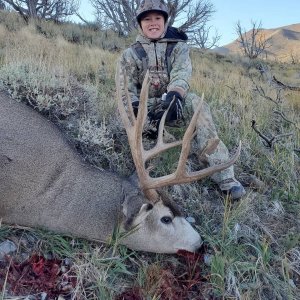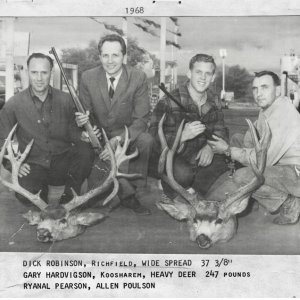DonVathome
Very Active Member
- Messages
- 1,717
I know about how gravity affects your bullet and how the angle you shoot at also affects the flight (drop) of your bullet. Basically the bullet only drops due to gravity because of how far the bullet travels horizontally (parallel with the earth). I read an article a while back that said these was more to it than that but I cannot find the article and I do not remember what it said.
My question is this. I keep hearing stories about guys shooting over game because of steep angle shots. If you rifle is sighted in, say, 2? high at 100 yards, and hits 3? low at 300 then it seems to me that as long as the animal is up to 300 yards you should just hold dead on no matter what the angle, if this is true why do so many guys miss high? In my example if you range an animal at 300 yards but it is steep uphill/downhill all you need to do is still aim dead on right?
From what I remember the article I read said there was more to it and your bullet would hit high (in my scenario) and explained why. I think the article might have been in Huntin Fool.
Let's hear some answers from those who really understand the math and ballistics.
I read many stories about first shots being high from guys who know their guns, so I am trying to learn to save myself from missing a once in a lifetime shot.
My question is this. I keep hearing stories about guys shooting over game because of steep angle shots. If you rifle is sighted in, say, 2? high at 100 yards, and hits 3? low at 300 then it seems to me that as long as the animal is up to 300 yards you should just hold dead on no matter what the angle, if this is true why do so many guys miss high? In my example if you range an animal at 300 yards but it is steep uphill/downhill all you need to do is still aim dead on right?
From what I remember the article I read said there was more to it and your bullet would hit high (in my scenario) and explained why. I think the article might have been in Huntin Fool.
Let's hear some answers from those who really understand the math and ballistics.
I read many stories about first shots being high from guys who know their guns, so I am trying to learn to save myself from missing a once in a lifetime shot.

